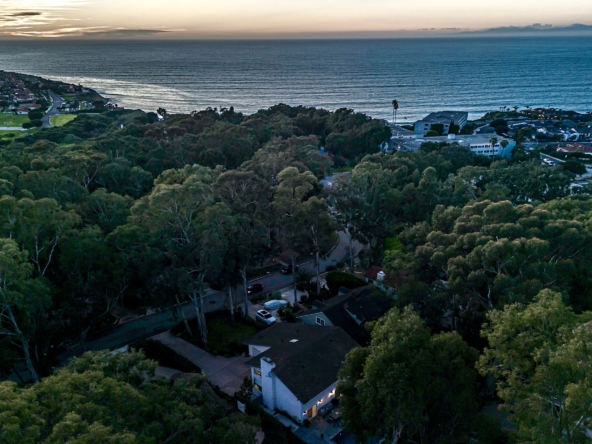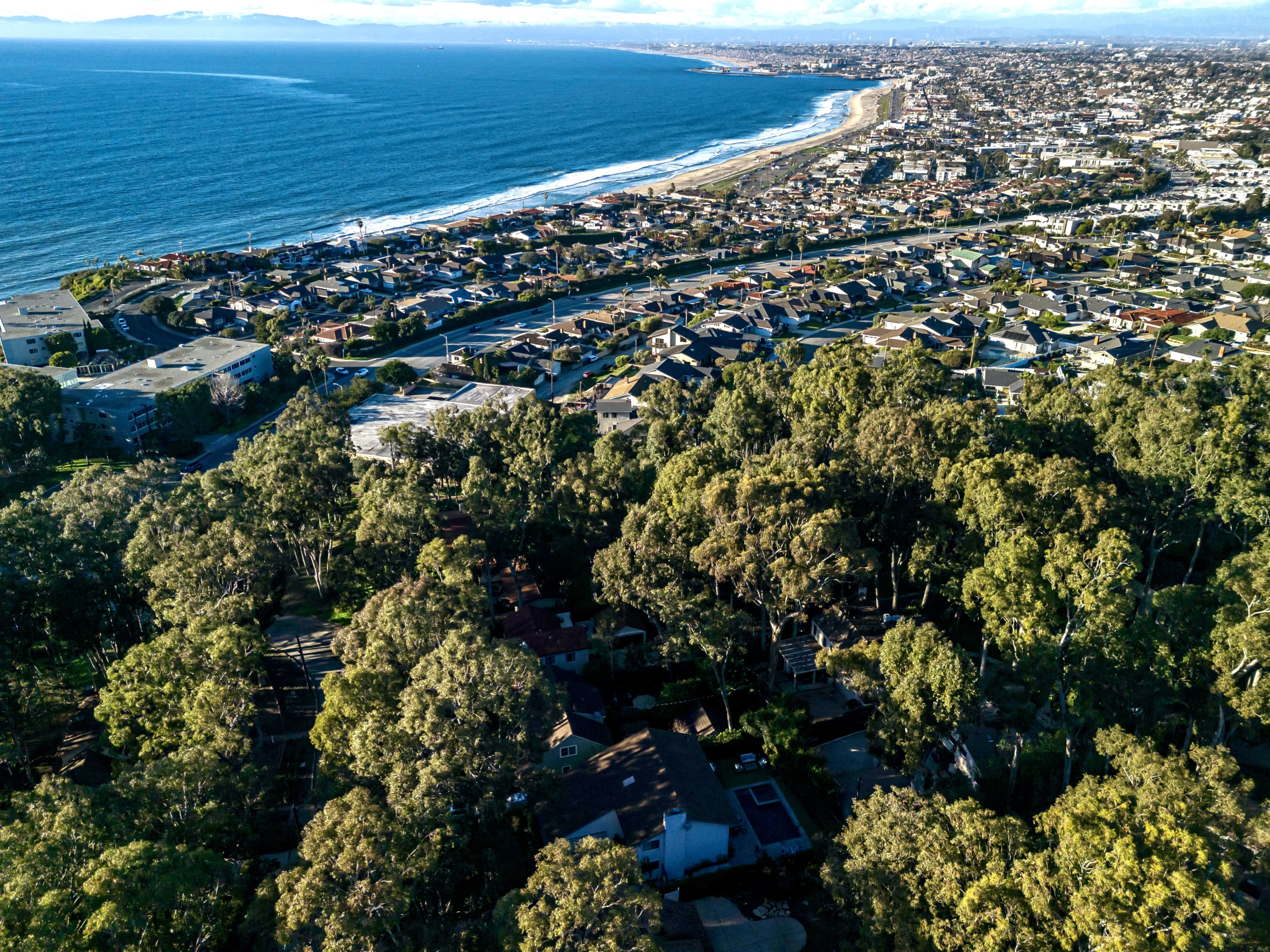Q1 2023 Market Update
“The bottom line is the current supply of homes for sale is not meeting the buyer demand. People still need a place to live, and more people than ever before want to live in Palos Verdes and the South Bay. As more companies offer hybrid work schedules, more people are willing to consider the South Bay as the place where they want to live and raise their families.”
Considering how much has changed in the 12 months that has passed since I wrote that in a 2022 newsletter, much is still the same. With Q1 in the books and plenty of news headlines to keep things interesting, I figure it’s a good time to check in on where we are in the market and how things are looking for the remainder of 2023.
When we look at market segments as a whole, we are seeing lower median prices among closed sales (down 4.8%) compared to the frenetic market of Q1 2022. (Note: For specific markets, please take a look at the link to the Q12012 Market Report). But let’s peel a few layers from the proverbial onion to get a better look at those numbers. As a percentage of total sales through the beginning of the year, 2023 has seen nearly an 8% increase in the number of trust and probate sales compared to the same period in 2022. Meanwhile, short sales, foreclosures, and distressed sales still make up less than 1% of total sales. I would like to make the case that while we are reporting lower median prices, it’s more about what is selling rather than a true downward trend in prices. What this all boils down to is that despite higher interest rates, despite high inflation, and despite talks of a recession, this is still a supply driven market. After all, inventory levels are off 43.4% the average inventory levels during the pre-pandemic years from 2013-2020. Accordingly, Q1 2023 sales are off 33.4% the average from the same period. Put simply, one significant contributing factor to the lower median price is the quality of houses that are selling are more the “frumpy” ones as opposed to homes that are more recently updated or in more higher demand locations.
What is selling and why?
- Almost all entry level priced homes are still highly competitive and are experiencing multiple offers with homes selling over the list price. In fact, for the past 2 weeks, more properties have sold at or over the list price than those that have sold under. Despite higher rates, buyer’s are biting the bullet to get out of rentals and into a property of their own. In several cases, we are seeing parents helping bridge the affordability gap created by higher interest rates. Why? A lot of parents will eventually be or are grandparents, and they want to see their grandkids grow up nearby instead of having to travel out of the area. This is a great deal for the new parents who are more than happy to have some help taking care of their little ones.
- Updated and new construction properties are still selling if they are something special, but in general, sales of homes priced $3.5M or more are off 62% compared to a year ago but are more in line with pre-pandemic sales numbers. Months supply is up from a year ago to 4.4 months, but remains well below compared with the pre-pandemic years.
- Larger properties, in particular fixers in the $2.7M+ are seeing the biggest increase in price flexibility. Redondo alone is seeing prices selling for double digit percentage discounts from the original list price.
What are the experts saying?
According to most economists, we have a majority of homeowners locked-in to their low mortgage rates and are not motivated to go shopping for a new home with rates nearly double their existing mortgage. As a result, inventory is constrained, and until we see interest rate stabilization, many would-be sellers are sitting on the sidelines. On the other hand, the millennial buyers are waiting in the wings for interest rates or house prices to drop so they can resume their plans to buy homes, particularly in the suburbs since they have more flexibility with their work schedules. According to economist Bill Conerly, Senior Contributor to Forbes, “For prospective home buyers looking at their likely mortgage expense… the actual mortgage rate will fall when the Fed starts easing, or possibly earlier in anticipation of that easing…. So mortgage rates will decline, probably gradually starting early 2024 and continuing for two years or so.”
So to put a bow on all of this, the local real estate market will likely remain supply constrained throughout 2023, with supply coming from the death-divorce-job transfer segment of the market. Meanwhile, buyers will have to continue to hunt and peck for buying opportunities and keep some dry powder available for when the right home appears in their sights.
Overall Market Rating: Moderate Seller’s Market




